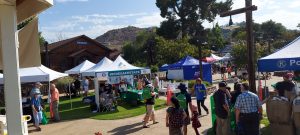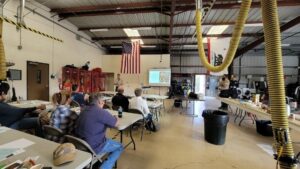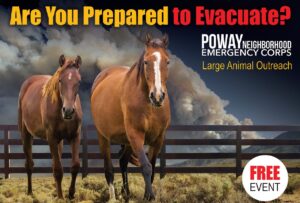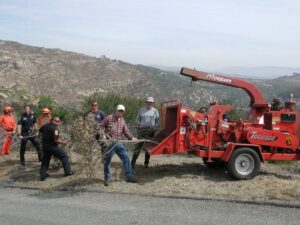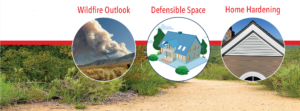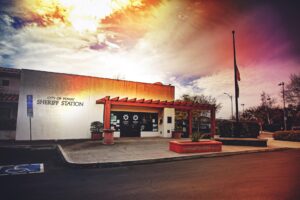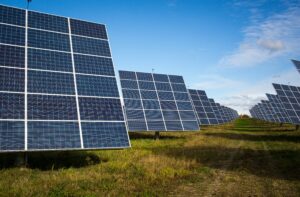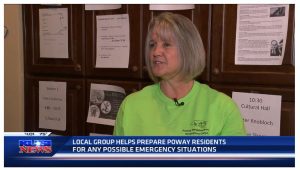Fire Advisor Luca Carmignani from the University of California Agriculture and Natural Resources Extension presented on plants and materials that can help you create a fire safe landscape for your home. Thank you to SDG&E for providing a sapling to help attendees start their Fire Smart Landscape.
All attendees will receive an informational booklet.
What is a Fire Smart Landscape?
A fire smart landscape goes beyond having a well-maintained yard. This type of landscaping uses fire-resistant plants that are strategically planted to resist the spread of fire to your home. According to CAL FIRE, fire resistant plants are great in California because they are often drought tolerant, too.
Are there firesafe plants?
While some plants are marketed or described as “fire safe” or “fire resistant”, it is important to remember that all plants will burn under the right conditions. Regardless of plant type, following guidelines for vertical and horizontal spacing will help you to create a fire smart landscape.
Fire Smart plant characteristics and properties
Landscaping practices, like pruning and maintenance, can have a greater impact on whether a plant ignites than what type of plant it is. When planning a fire smart landscape, consider the following plant characteristics.
Does the plant contain a lot of waxes, oils, or resins? Depending on where you locate the plant, a plant with more waxes, oils, and resins is likely to be more flammable and release more heat energy when it burns. A densely structured plant can capture embers and may be more likely to ignite.
Does the plant shed bark? A plant that sheds bark or branches is likely to need more regular maintenance-related cleanup to reduce fuel accumulations at its base.
How fast does the plant grow? A plant that grows quickly may exceed your expectations and challenge your defensible space goals.
Does the plant have an open-growth structure? Dense or woody plants may become choked with dead materials. Other plants may develop a dead thatch layer, under a green surface, that will be highly combustible.
